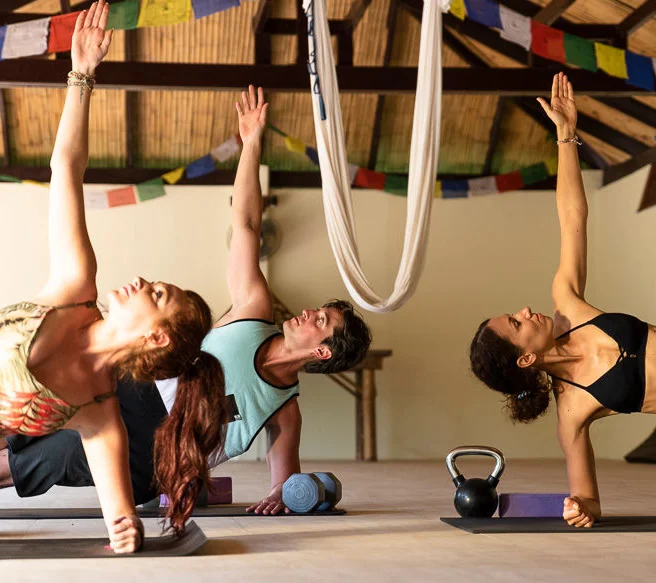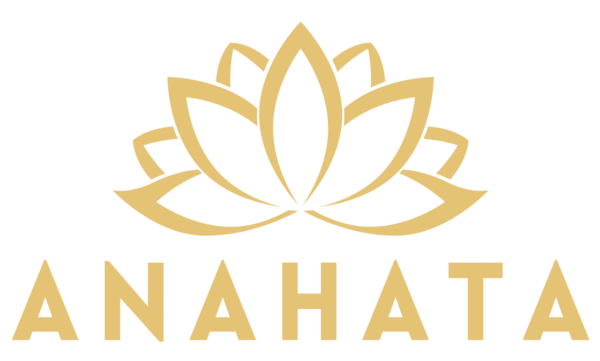
Yoga and Meditation are two of the most popular practices in the world today—and for good reason! While you might already know someone who practices them, or even be a practitioner yourself, it’s worth exploring why these ancient traditions are so deeply intertwined and still incredibly relevant to our modern lives.
Let’s start with the beautiful journey of Yoga.
Yoga: More Than Just a Stretch
As we often see it today, Yoga is promoted as a great way to generate health and wellbeing through physical postures and breathing techniques. However, its true origins are far deeper.
Yoga is actually an ancient spiritual science from India. Its earliest purpose was not just physical fitness, but to prepare the body for deep meditation and spiritual insight. The goal? To achieve a state of “oneness” or “self-realisation,” a state of liberation known as moksha. The word Yoga itself comes from the Sanskrit root Yuj, meaning to yoke or to unite—the union of the self and universal consciousness.
A person who achieves this state is called a yogi, and they overcome suffering to find a state of health and harmony.
Taming the Mind
Patanjali, who defined the fundamentals of Yoga in the famous Yoga Sutras (circa 300 BC to 200 AD), defined the practice as “the cessation of the whirling fluctuations of the mind”.
By calming our mental chatter, this contemplative practice helps us connect to the source of our being. It’s a meditative journey of self-discovery, helping us control the mind and let go of things that no longer serve us. This practice can teach us self-awareness, acceptance, compassion, patience, gratitude, love, peace, and joy.
The Eight Limbs of Practice
Patanjali laid out eight spiritual, mental, and physical steps that lead to the ultimate goal of enlightenment:
- Yama: Moral code of conduct
- Niyama: Ethical guidelines
- Asana: Proper posture
- Pranayama: Proper breathing
- Pratyahara: Withdrawal of senses from distractions
- Dharana: Concentration on an object or sound
- Dhyana: Absorptive meditation
- Samadi: Cessation of all mental activity to attain oneness
Interestingly, what most of us in the West call “Yoga” is essentially just steps 3 and 4: Asanas (postures) with proper breath. These postures are designed not only to improve flexibility but also to create space—physically in the body and emotionally in the mind.
The Benefits of Getting on the Mat
Yoga is truly for all ages and offers incredible benefits:
- It improves flexibility and strength.
- It supports improved posture, circulation, and digestion.
- The postures work with your fascia, lymphatic system, and the parasympathetic nervous system.
- Even practicing Hatha yoga can lead to a reduction in stress and anxiety, improved focus, and more balanced emotions.
Remember, it’s the journey that matters. Mindfulness and patience are key, and everyone advances at their own pace. Ultimately, Yoga allows you to connect with your highest truth and make choices that serve your highest good.
Meditation: The Art of Being
The entire structure of Yoga supports the meditative state, with Pratyahara and Dharana preparing the way for Dhyana and finally, Samadi.
However, there are many other ways to find that moment of pause. There is no right way to meditate. Try different techniques until you find one that works for you.
Paths to Inner Peace:
- Vipassana: This practice, which means “to see things as they really are”, is a practical way to achieve real peace of mind through self-observation. The goal is not to empty the mind, but to become aware of what is already happening within it.
- Metta (Loving-Kindness): This is a heart-opening practice that aims for compassion, starting with yourself and gradually extending to others. It helps reduce stress, increase empathy, and improve emotional resilience.
- Transcendental Meditation (TM): This structured practice uses a specific, personalized mantra and is practiced for 20 minutes twice a day. It is widely studied and provides proven benefits like reduced anxiety and stress, better sleep, and ultimately, inner peace.
- Guided Visualization: A teacher leads you through a visual journey—imagining a beautiful place or light flowing through your body. This is a powerful way to access relaxation, creativity, and emotional healing.
- Body Scan Meditation: Common in mindfulness-based stress reduction, this involves systematically moving your attention through your body, noticing sensations without judgment. It’s excellent for grounding and can reveal where you hold unconscious tension.
The Profound Benefits of Pausing
Even just a few minutes of meditation a day can yield profound benefits. It has been shown to lower cortisol levels, improve sleep and energy, regulate emotions, and foster a deeper sense of purpose. Meditation creates essential space—space between a thought and an action, between stimulus and response.
Ultimately, meditation helps us rediscover peace and shifts us from doing to being.
Final Thoughts
Yoga and meditation are not quick fixes. They are lifelong journeys of self-discovery. It doesn’t have to involve sitting for hours cross-legged; it simply requires you to pause, to observe, to breathe, and to be, letting the overwhelm of modern life drift away.
Whatever your experience, it provides awareness, and from awareness, everything truly grows.
Tags: #Yoga #Meditation #Wellness #HolisticHealth #MindBodySpirit #YogaLife

